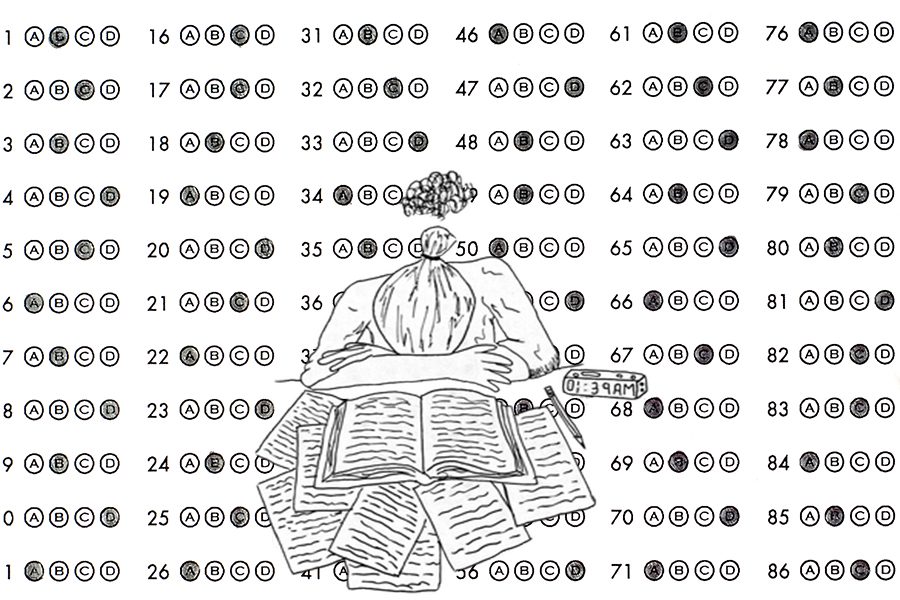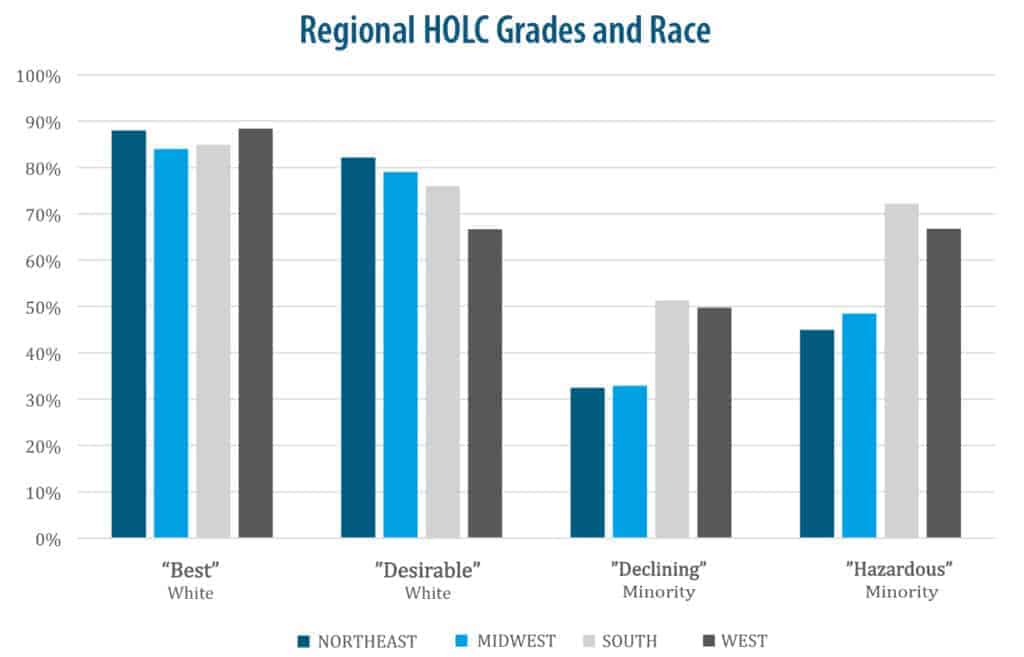Standardized testing has been used in the U.S. since the early 1900s. With the 2002 No Child Left Behind Act (NCLB), the use increased as the law stated that all students must be tested in reading and math from grades 3-8 and in high school. These tests have fueled an ongoing debate and requires a closer look on how standardized testing is used and whether or not they are useful for determining academic achievement.
According to The Glossary of Education Reform, standardized tests are any form of examinations that are taken and scored in a standard manner. Most questions are in a multiple choice or true/false format, allowing for quick and simple scoring. They can also be used for a variety of purposes and are not limtied to academic settings. However, they are commonly used to measure academic aptitude and achievement.
Standardized tests come with a variety of opinions. However, test experts and educators continue to utilize them as they are unbiased, compatible with easy scoring, a source of evaluation for improvement and comparison, and an incentive for both teachers and students’ achievement. Despite these benefits, standardized testing is still a subjective matter, and many question if they are fair to students and educators.
Effects on Students:
- A strong argument is that standardized tests fail to measure student performance; in reality, they determine which students are good test-takers. Several factors contribute to how well a student performs on a test, including stress, test anxiety, or even an empty stomach. The tests only show who prepared and scored well on that particular exam. In addition, low scores do not necessarily indicate lack of knowledge, and similarly high scores do not indicate an abundance of knowledge.
- Knowing that standardized tests are not completely accurate and may merely be a representation of memorization or multiple-choice skills, students are tied to these scores. Their academic career can heavily rely on standardized tests because schools and universities pay attention to numbers. These high stakes can only add to the stress and affect student performance. Fortunately, many schools are becoming test-optional, but this does not mean that standardized tests are no longer important.
Effects on Teachers:
- Standardized testing can be extremely important, and for educators, it may feel like their job and evaluations solely rely on their students’ performance. This creates more stress as teachers feel they have to teach to the test, rather than teach for the pure purpose of learning. They may also feel intense pressure from administration as high test scores can be better for the school as a whole.
Alternative Options:
With a few of these disadvantages in mind, there are alternatives for standardized testing that have been pulled together by experts!
- Sampling: administering standardized tests to a random sample of students, instead of all students every year
- Stealth Assessments: another way to collect reading and math scores; digital programs that students complete throughout the year in order to show progress over time
- Multiple Measures: collecting other data in order to track student progress, rather than relying on one standardized test
- social and emotional skills survey
- game-based assessments
- performance/portfolio-based assessments
- Inspections: different approaches to assessments including projects, reports, presentations, etc.
I think these alternatives are great solutions and states should look into utilizing these and reducing standardized tests. The results from the 2018 Programme for International Students Assessment (PISA) show that the U.S. ranked 36th out of the 79 countries that participate in the exam. An education expert states that the nation’s results have always been mediocre and the below average math score has not showed change since 2000. So, how effective is standardized testing really? Since the country has shown no significant progress.


